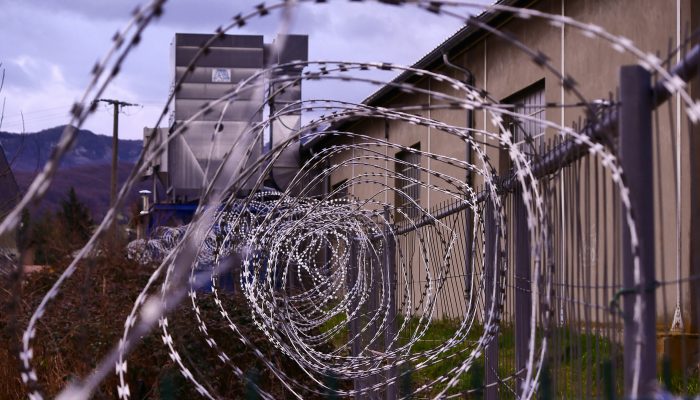The state’s new women’s prison may well be full when it opens, South Dakota’s corrections secretary said this week, a reality largely attributable to the prevalence of drug abuse in the penal population.
The new prison will free up space for addiction treatment, but the secretary said she’s concerned about the potential for more crowding in the womens’ facilities if the state doesn’t find a way to address its approach to substance abuse.
Lawmakers heard those warnings during debate on funding for the Rapid City minimum security prison, which passed the full Senate this week after a hearing in the budget-setting Joint Appropriations Committee.
Senate Bill 50 would provide additional money needed to cover the project’s $87 million price tag, after legislators set aside a portion of the money last year. Lawmakers have allocated another $567 million for a proposed new men’s prison in Lincoln County, to replace the aging penitentiary in Sioux Falls.
Few lawmakers have questioned the need. The state’s only women’s prison, located in Pierre, houses twice the number of inmates it’s designed for, packed into classrooms and a gymnasium. The state currently pays Hughes County to hold more than 70 female inmates at the county jail.
The new prison will have an addiction wing, and its existence will open up space for treatment in the current prison.
But some are concerned that a new facility for women in a state that imprisons most of its female convicts for drug use could set the state up for more costly prison projects.
“We need new facilities, because we currently have incredible overcrowding,” defense lawyer lobbyist Terra Larson said. “But I just want you guys to think about the fact that if you build it, they will fill it, and we may or may not be back here again.”
Corrections Secretary Kellie Wasko, when asked about growth projections in the female inmate population, said she’d like to see her agency collaborate with lawmakers and the Unified Judicial System on diversion programs for addicts.
“If we don’t do something to address the substance use in South Dakota, we’re going to open up a facility and we’re going to be right at capacity,” Wasko said.
You can read the full article at the South Dakota Searchlight.

